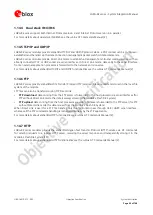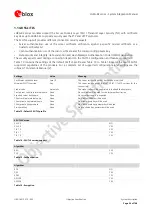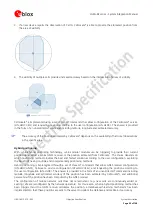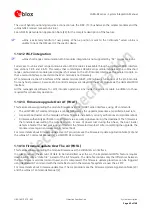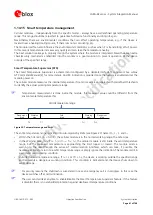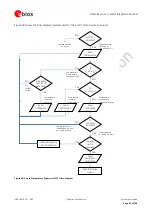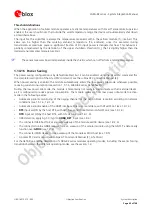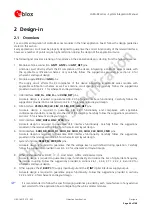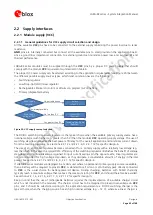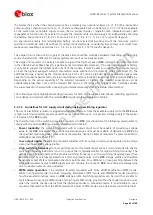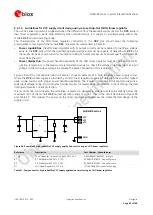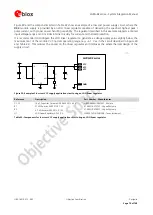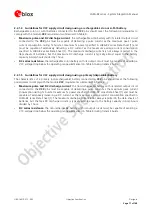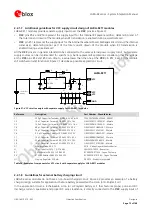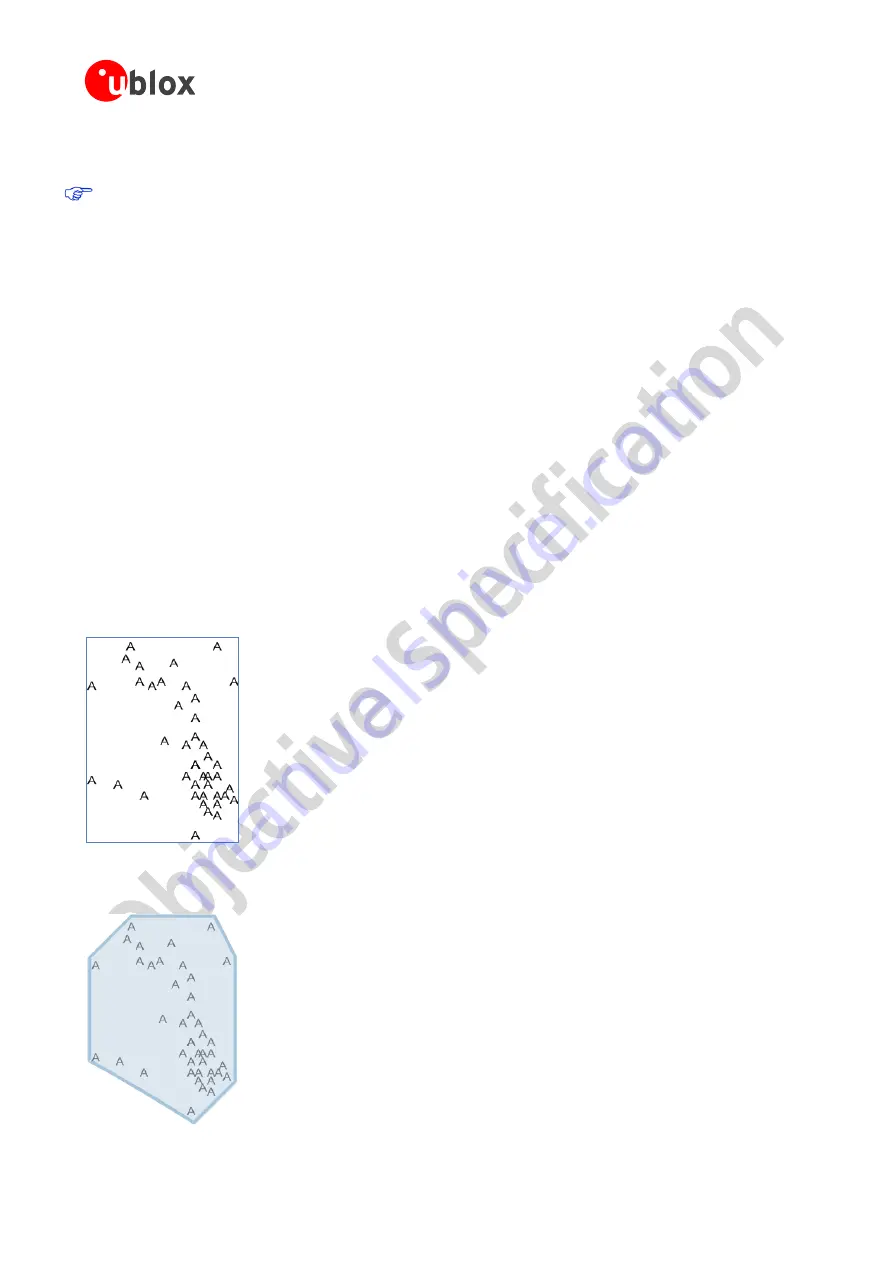
LARA-R2 series - System Integration Manual
UBX-16010573 - R02
Objective Specification
System description
Page 58 of 148
1.14.11
Hybrid positioning and CellLocate
®
Hybrid positioning and CellLocate
®
are not supported by “02” product versions.
Although GNSS is a widespread technology, its reliance on the visibility of extremely weak GNSS satellite signals
means that positioning is not always possible. Especially difficult environments for GNSS are indoors, in enclosed
or underground parking garages, as well as in urban canyons where GNSS signals are blocked or jammed by
multipath interference. The situation can be improved by augmenting GNSS receiver data with cellular network
information to provide positioning information even when GNSS reception is degraded or absent. This additional
information can benefit numerous applications.
Positioning through cellular information: CellLocate
®
u-blox CellLocate
®
enables the device position estimation based on the parameters of the mobile network cells
visible to the specific device. To estimate its position the u-blox cellular module sends the CellLocate
®
server the
parameters of network cells visible to it using a UDP connection. In return the server provides the estimated
position based on the CellLocate
®
database. The module can either send the parameters of the visible home
network cells only (normal scan) or the parameters of all surrounding cells of all mobile operators (deep scan).
The CellLocate
®
database is compiled from the position of devices which observed, in the past, a specific cell or
set of cells (historical observations) as follows:
1.
Several devices reported their position to the CellLocate
®
server when observing a specific cell (the As in the
picture represent the position of the devices which observed the same cell A)
2.
CellLocate
®
server defines the area of Cell A visibility












